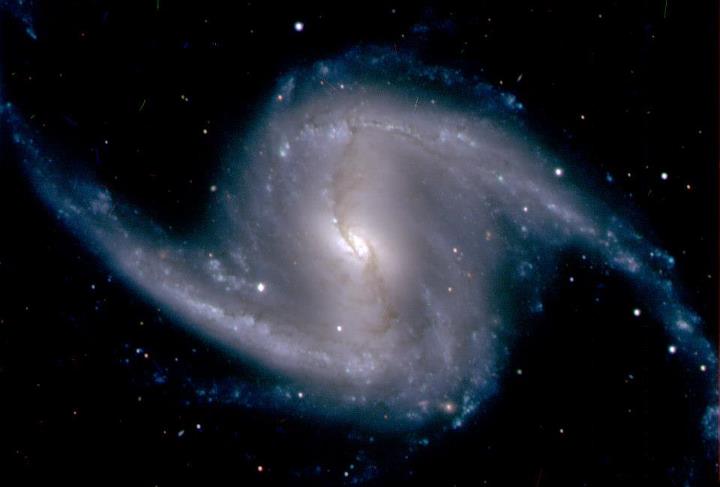Super telescope deployed to uncover dark energy


A massive 4 to 5 ton telescope - equipped with a 570-megapixel camera - has begun to capture detailed images of galaxies up to eight billion light years away in an endeavor to better understand the mystery of dark energy.
Dark energy is the hypothetical reason why the universe is still expanding, and is thought to be the counterpunch to gravity. The telescope, which has been dubbed the "Dark Energy Camera," began functioning last Wednesday, the DOE announced today.
Scientists from the U.S. Department of Energy and National Science Foundation commissioned it to better understand how dark energy has shaped the universe.
Nearly a century has passed since dark energy was first conceived of in the 1920s; famed physicist Albert Einstein unwittingly stumbled upon it. The Dark Energy Camera has begun its quest to locate actual evidence of its existence, and will spend the next five years cataloguing nearly 300 million galaxies to crack the case.
Over 25 scientific institutions worldwide are participating in the effort, according to a DOE blog post. The telescope is located at an observatory in Chile and cost approximately US$40 million to construct.
"By giving a look at distant galaxies - how they are racing away from one another across space and time - the camera will hopefully reveal more about how dark energy is shaping the universe at large scales. And that will tell us more about where we are today, how we got there, and where we might go tomorrow," DOE science writer Charles Rousseaux explained.
Earlier this month, an international research team concluded that there is a 99.996 percent probability that dark energy exists. That study was published in the journal Monthly Notices of the Royal Astronomical Society, and was the culmination of two years of research.
Dark energy is estimated to comprise 73 percent of the universe, and the question of its existence is thought to be one of the more significant scientific questions of this age.
(Image credits: U.S Department of Energy, Reidar Hahn)
This post was originally published on Smartplanet.com
